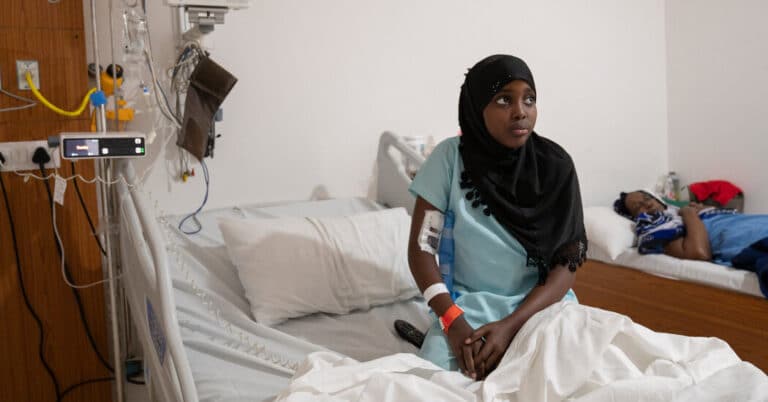The Food and Drug Administration has approved two groundbreaking gene therapy treatments for sickle cell disease, bringing hope to those suffering from the blood disorder. However, there are challenges in making these therapies available to the majority of sickle cell patients, particularly those living in countries with limited resources. The manufacturers of the therapies have set high prices, making them unaffordable for many governments and patients. Additionally, the medical infrastructure required for administering the treatments is lacking in many regions. Despite the barriers, there is optimism about developing more accessible approaches to treating sickle cell patients worldwide. The disparities in access to new medicines between wealthy and lower-income countries have been a longstanding issue, and efforts are needed to address this inequity.


